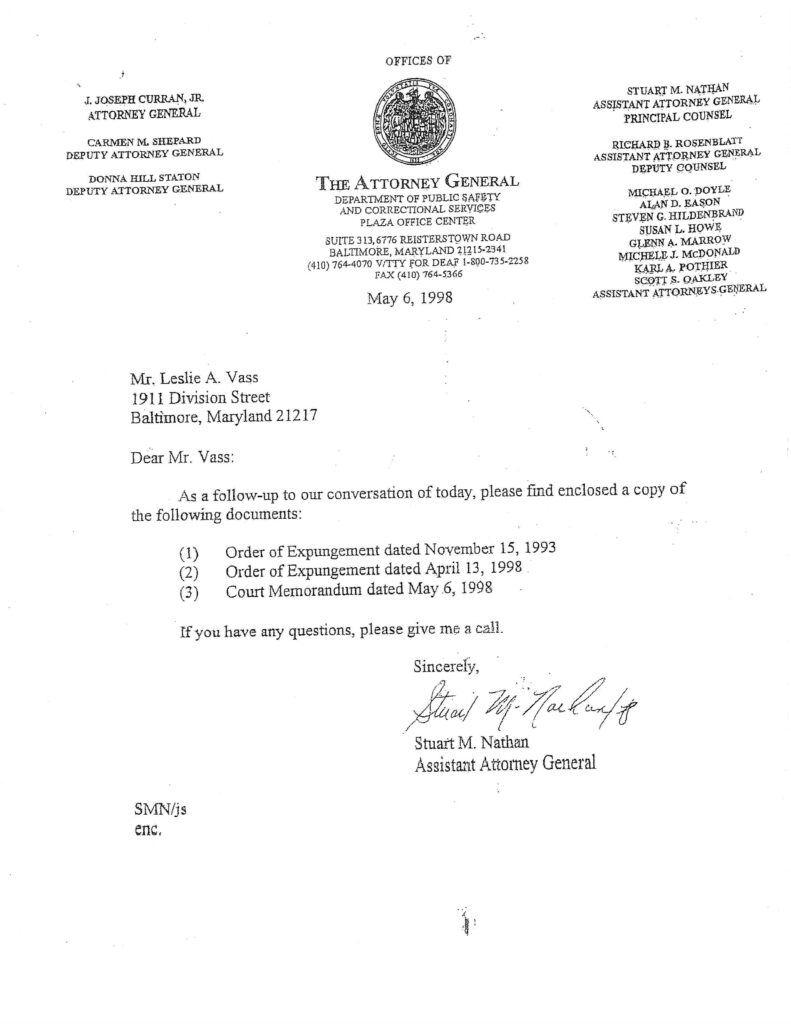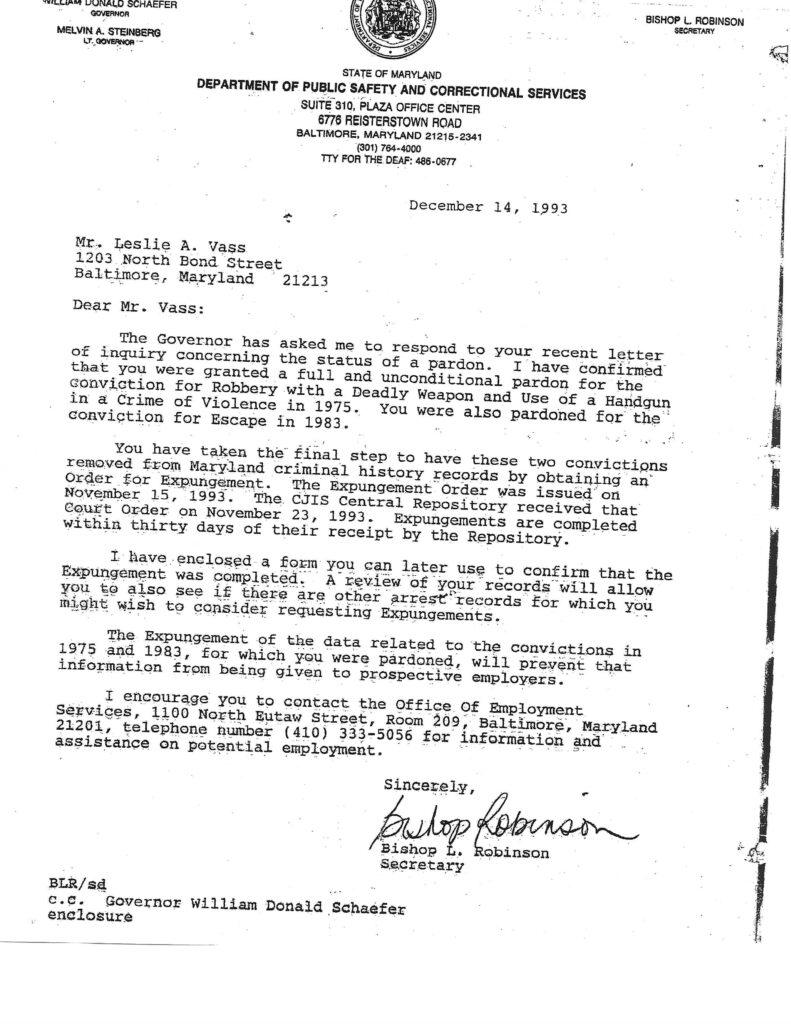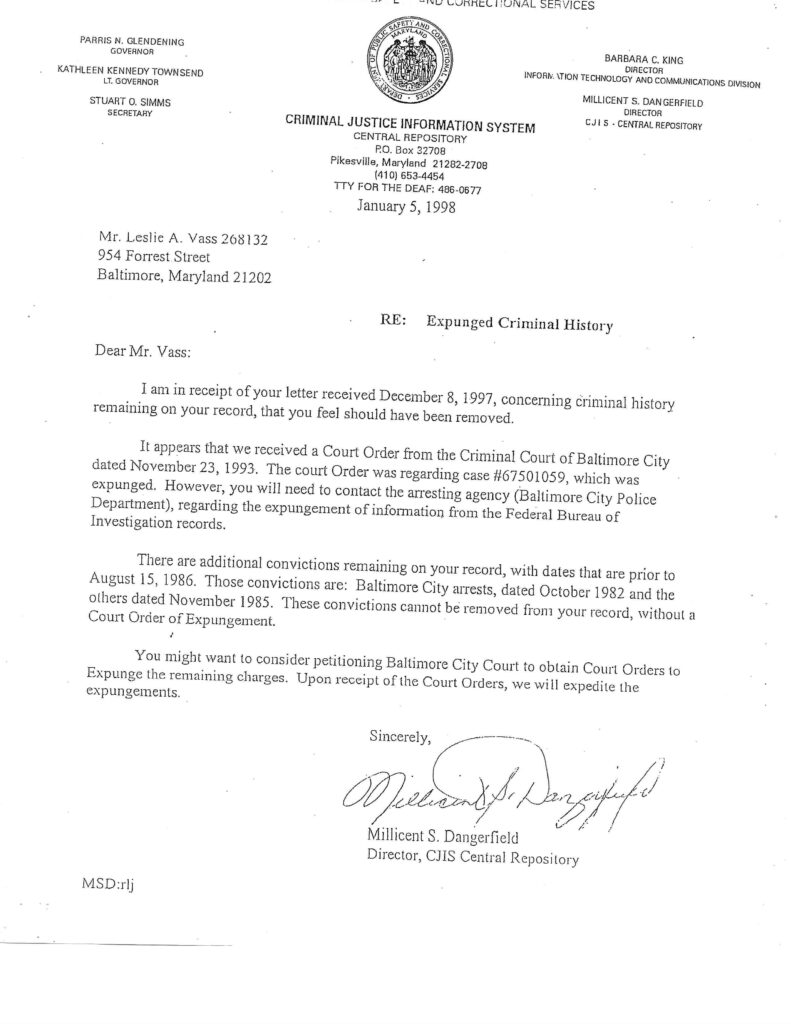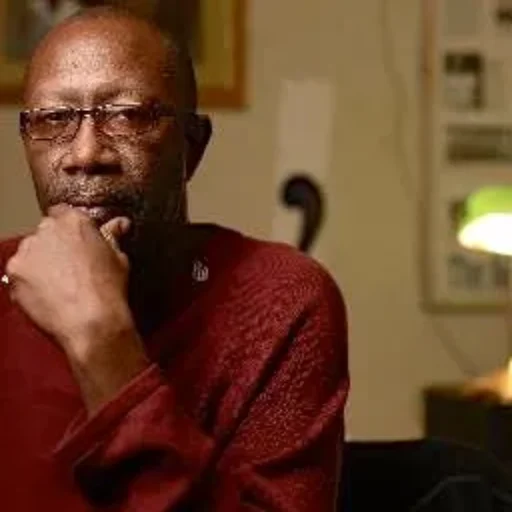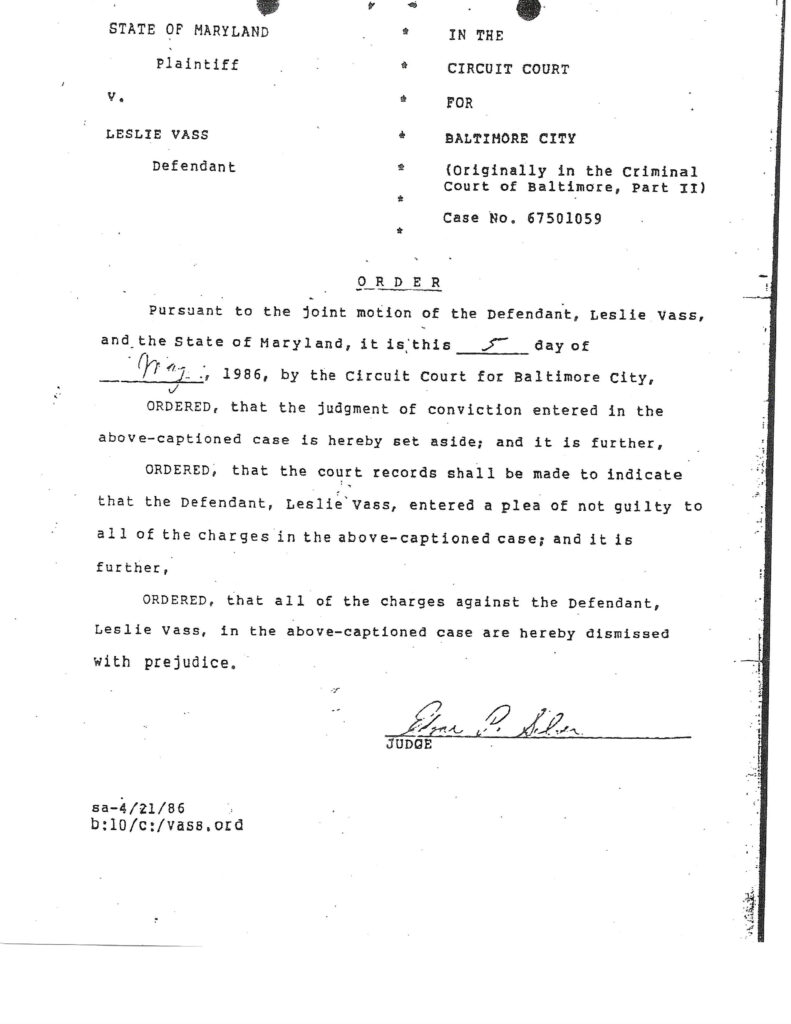What Is Exculpatory Evidence?
Exculpatory evidence is any information that could prove a defendant’s innocence or reduce their punishment. Under the law, especially the landmark Brady v. Maryland (1963) ruling, prosecutors are required to disclose this kind of evidence to the defense. Failing to do so is a direct violation of due process, and it happens far too often.
How Suppression Happens
Suppression of exculpatory evidence can be:
- Intentional – prosecutors or police knowingly withhold evidence that favors the defendant.
- Negligent – due to poor case management or failure to investigate, critical evidence is lost or ignored.
- Systemic – institutional practices that reward convictions over truth lead to shortcuts and cover-ups.
The result is the same: an innocent person goes to prison.
In Leslie Vass’s Case
Leslie Vass was only 17 when he was convicted of a robbery he didn’t commit. Key facts, including information that could have cleared his name, were never presented to the defense. It wasn’t until years later, when Leslie educated himself in law and uncovered the truth, that the real story came to light.
If the right evidence had been disclosed early on, Leslie would never have lost nearly a decade of his life behind bars, and decades more fighting to clear a record that should have never existed.
Why It Still Matters Today
Suppression of exculpatory evidence isn’t just a past mistake, it’s a present-day crisis. Organizations like the Innocence Project and the National Registry of Exonerations continue to uncover cases where prosecutors ignored or buried key facts. This isn’t just misconduct, it’s a violation of constitutional rights.
When the truth is hidden, justice is impossible.
What Needs to Change
- Mandatory transparency and evidence audits in criminal cases
- Stronger penalties for prosecutors who violate disclosure laws
- Independent review boards to investigate claims of suppression
- Statewide databases of wrongful conviction patterns and prosecutorial misconduct
Conclusion: The Truth Should Never Be Optional
Leslie Vass’s story is living proof of what happens when the truth is suppressed. His case is not an exception, it’s a warning. If we want real justice, we must hold accountable those who bury evidence, distort facts, or treat convictions as trophies.
Justice requires full truth. No exceptions. No suppression.
